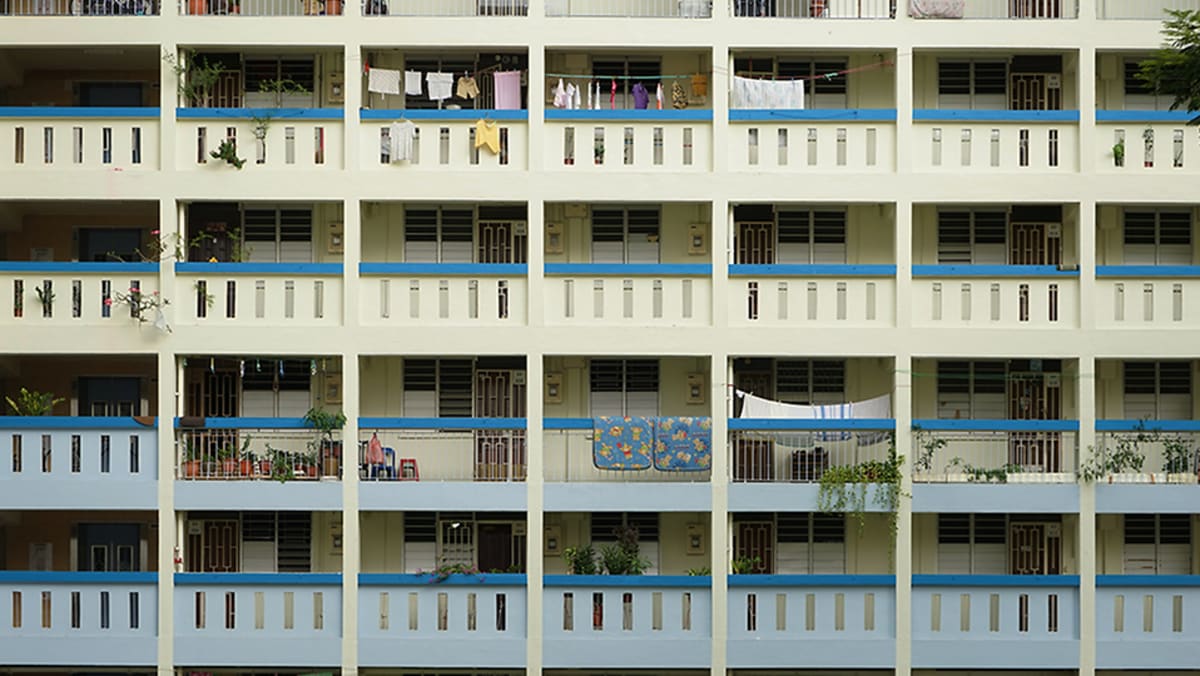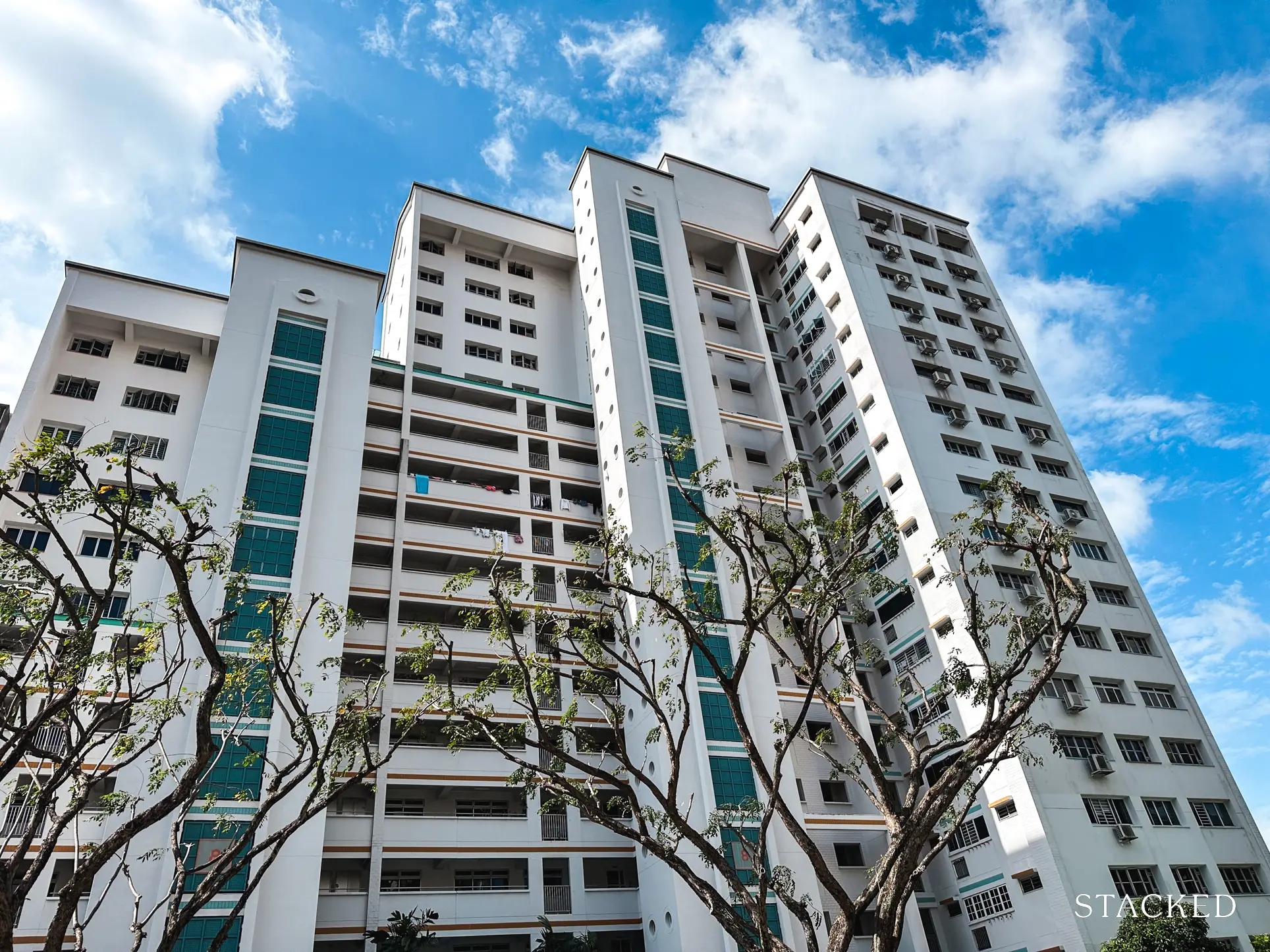Are HDB Flats Getting Smaller? Here's What the Data Shows
Have HDB flats in Singapore become smaller over the years? The data reveals some interesting trends, showing how flat sizes have evolved across different types and decades. Here’s a closer look at what the numbers say.
General Trends
- The biggest reduction in HDB flat sizes occurred between the 1970s and 1980s, except for 3-room flats.
- 3-room flats have remained largely unchanged in size over the decades.
- Executive flats have seen the most significant shrinkage compared to other flat types.

3-Room Flats: No Major Changes
- 1966 Average Size: 68 sqm
- 2019 Average Size: 68 sqm
- Peak Size: 74 sqm in 1993
Conclusion: 3-room flats have not meaningfully shrunk over time. Older flats are not necessarily larger than newer ones in this category.
4-Room Flats: Some Fluctuations
- 1969–1970 Drop: Due to reclassification of “Adjoined Flat” types (94–149 sqm).
- 1970s: Around 80+ sqm, smaller than many modern 4-room flats.
- Late 1970s to 1980s: Some flats reached up to 117 sqm (e.g., Tampines St 11).
- 1990s: Still saw 4-room flats over 100 sqm in non-mature estates.
- 2000s Onwards: Sizes stabilised at around 90 sqm, continuing into today.
Conclusion: While there were fluctuations, 4-room flats have largely stabilised in recent decades.
Executive Flats: The Most Significant Shrinkage
- 1976 Peak Size: 176 sqm
- 2004 Average Size: 128 sqm
- Comparison: 1976 executive flats were even larger than 5-room flats built before 1973.
Conclusion: Executive flats have experienced the most dramatic reduction in size compared to other flat types.
Clues from Design: Identifying Older Flats
Flats built in the 1960s to 1970s often lack multi-storey carparks, a key feature distinguishing them from modern developments.
Policy and Social Implications
- HDB’s Argument: Smaller flat sizes are offset by fewer residents per unit, reflecting trends like shrinking household sizes, more singles, and an ageing population.
- Concerns: Critics argue that smaller flats may discourage larger families, potentially contributing to Singapore’s low birth rates.
- User Dissatisfaction: Residents have raised complaints about small kitchens and bedrooms, highlighting potential quality-of-life issues.
What Does It Mean for Singaporeans?
For Singaporeans, the shrinking sizes of HDB flats have both practical and societal implications:
- Affordability vs. Space:
- Smaller flats are generally more affordable, making homeownership accessible to younger buyers and lower-income families.
- However, the reduced space may pose challenges for larger families or those who value spacious living.
- Quality of Life Concerns:
- Complaints about cramped kitchens and bedrooms suggest that smaller flats may impact daily comfort and functionality.
- Families with children or elderly members may find it harder to adapt to compact living spaces.
- Impact on Family Planning:
- Smaller flats could discourage larger families, aligning with, but also potentially reinforcing Singapore’s declining birth rates.
- Future Housing Needs:
- As household sizes continue to shrink, HDB’s focus on smaller flats may align with current trends.
- However, there is a growing need to balance efficiency with livability, especially for young couples planning families.
While HDB flat sizes have generally shrunk over the decades, especially for executive flats — some categories like 3-room flats have remained stable.
These changes reflect broader societal shifts. However, they also raise questions about the impact on family sizes and living comfort.
Understanding these trends can help prospective buyers make informed decisions about their homes while encouraging policymakers to consider the long-term needs of Singaporeans.
Let us know what you think about this topic, and what do you want to hear next.
You can now be our community contributor and make a pitch to have your favourite personality be on our show.
Join our community group and drop us your insights on this topic.

-3.png?width=50&name=Square%20(2)-3.png)






.png?height=200&name=WnS%20146%20(2).png)

.png?height=200&name=website%20article%20cover%20image%20(2).png)


Let us know what you think of this post